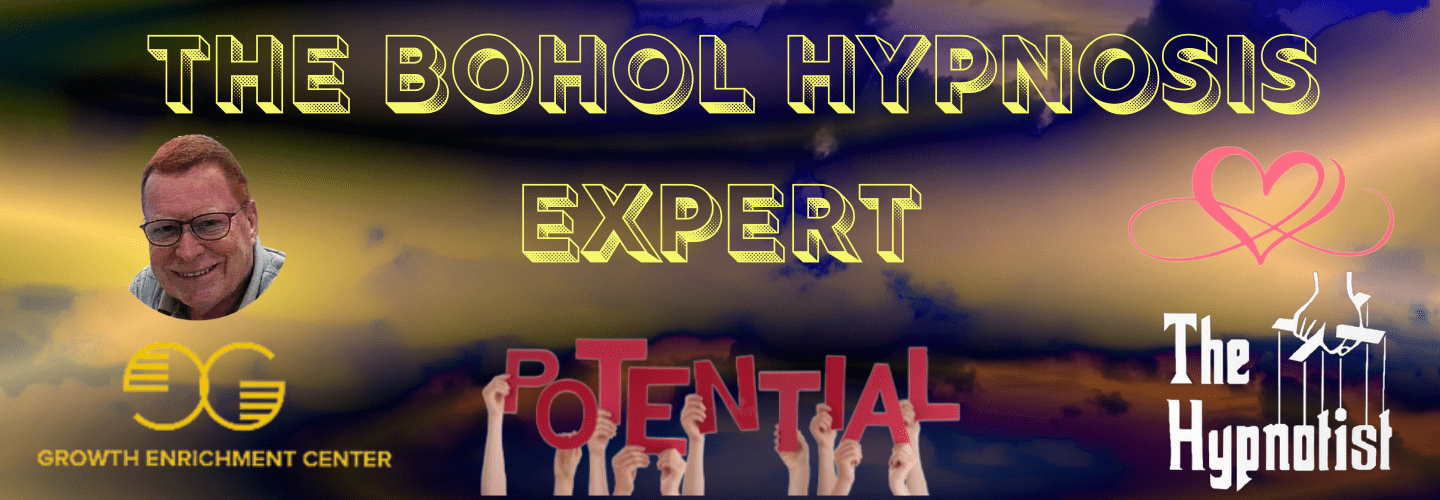
Combining hypnosis and EFT (Emotional Freedom Technique) provides a powerful approach to overcoming balloon phobia. Hypnosis taps into the subconscious to address the roots of fear, while EFT helps manage physical symptoms through meridian point tapping, reducing anxiety. Together, they offer a dual strategy that not only relieves immediate distress but also reconstructs the psychological framework that supports the phobia. Engaging in these therapies equips individuals with tools to regain control and transform their response to balloons, promising a pathway to lasting relief.
Key Takeaways
- Hypnosis accesses the subconscious to change the deep-seated fear associated with balloons.
- EFT tapping reduces immediate anxiety by focusing on key meridian points.
- Combining both techniques addresses the psychological and physiological aspects of globophobia.
- This dual approach helps reframe negative beliefs and instill calm responses to balloons.
- Regular practice of hypnosis and EFT promotes lasting confidence and reduces avoidance behaviors.
Understanding Balloon Phobia: An Overview
Balloon phobia, known clinically as globophobia, manifests as an intense, irrational fear of balloons.
Individuals with this condition often experience fear responses triggered by the sight, sound, or even the thought of balloons popping. These reactions can range from mild anxiety to severe panic attacks, characterized by symptoms such as rapid heartbeat, sweating, and trembling.
The anticipation of a balloon bursting can provoke significant distress, leading to avoidance behaviors. Understanding the specific balloon triggers is essential for effective intervention.
This nuanced comprehension aids therapists in tailoring exposure and cognitive-behavioral therapies to desensitize and reframe the phobic stimuli, fostering recovery.
Exploring Hypnotherapy: A Path to Fearless Living
While many individuals struggle with various phobias, hypnotherapy offers a unique avenue for overcoming these fears by tapping into the power of the subconscious mind.
This therapeutic approach harnesses the hypnotherapy benefits of reaching deep-seated emotional disturbances that contribute to phobias. Through skilled guidance, patients can access and reframe negative beliefs, fostering subconscious healing.
This process not only alleviates symptoms but also empowers individuals by instilling a sense of control and resilience.
Hypnotherapy consequently serves as a transformative tool, paving the way for a fearless living by healing and recalibrating the mind's response to fear triggers.
EFT Tapping Technique: A Simple Guide to Emotional Release

Building on the foundation of harnessing subconscious tools through hypnotherapy for phobia treatment, the Emotional Freedom Techniques (EFT) offer another layer of therapeutic potential.
EFT, commonly known as tapping, utilizes specific meridian points on the body to address emotional distress. Practitioners guide clients through tapping techniques, targeting areas linked to the body's energy pathways.
By tapping these points while focusing on the phobia, individuals can considerably reduce anxiety and stress. The EFT benefits are profound, promoting emotional release and restoring psychological balance.
This simple yet effective method empowers individuals to regain control over their emotions and phobia responses.
The Role of NLP in Overcoming Phobias
Neuro-Linguistic Programming (NLP) offers a powerful approach for addressing the deep-seated fears associated with phobias.
By utilizing specific NLP techniques, individuals can learn to reframe perceptions and alter detrimental language patterns that contribute to phobia associations.
Through fear visualization, a person vividly imagines the phobic object or situation and gradually alters their emotional response to it.
Mental rehearsal, another key element of NLP, enables individuals to practice new responses in a safe, imagined context before facing real-life scenarios.
This strategic combination helps in fundamentally reshaping the mental constructs that fuel phobias, fostering recovery and resilience.
Combining Hypnosis and EFT for Maximum Impact

To maximize the therapeutic benefits for individuals suffering from balloon phobia, combining hypnosis and Emotional Freedom Techniques (EFT) has proven particularly effective.
The synergy of hypnosis techniques and EFT benefits enhances the treatment's impact. Hypnosis facilitates deep relaxation and subconscious healing, allowing patients to reframe negative perceptions about balloons.
Concurrently, EFT focuses on specific meridian points to reduce emotional distress, effectively reprogramming emotional responses and fostering resilience.
Together, these methods offer a thorough approach, addressing both the psychological and physiological facets of the phobia, thereby promoting a faster and more enduring recovery.
What to Expect in Your First Therapy Session
Beginning your first therapy session to address balloon phobia can be a transformative experience. As you commence on this journey, the initial meeting focuses on establishing a comfortable, trusting environment.
Here, the therapist will discuss your specific fears and outline the therapy goals, tailoring strategies that may incorporate hypnosis and EFT. This first session is essential for setting the foundation of your treatment, where you'll express your concerns and expectations.
It serves not only to acquaint you with the therapeutic process but also to start building the pathway towards overcoming your phobia in a supportive and understanding setting.
Tips for Sustaining Progress and Preventing Relapse

Maintaining progress and preventing relapse in managing balloon phobia requires a consistent and mindful approach. Sustaining motivation is pivotal, achievable through regular self-assessment and celebrating small victories.
Recognizing triggers, such as specific events or environments where balloons are common, helps in developing proactive coping strategies. Regular practice of learned techniques from hypnotherapy and EFT sessions can fortify mental resilience.
Moreover, staying engaged with a supportive community or therapist can provide continued guidance and encouragement. These steps not only help in solidifying gains made during therapy but also empower individuals to handle potential challenges more effectively.
Frequently Asked Questions
How Quickly Can I See Results From Hypnosis and EFT?
Results from hypnosis and EFT can vary; some individuals may experience relief after a few sessions, while others might take longer. Both methods offer benefits in addressing emotional and psychological aspects effectively and empathetically.
Are These Therapies Safe for Children With Balloon Phobia?
As one explores therapy options for children with balloon phobia, child safety and therapy effectiveness are paramount. Hypnosis and EFT are generally safe, with professional guidance ensuring a tailored approach to each child's needs.
Can I Practice These Techniques at Home Without a Therapist?
Practicing self-help techniques at home without a therapist is possible, yet initial guidance from a professional enhances understanding and effectiveness. Techniques like EFT tapping can be safely self-administered after proper training and understanding.
Will My Insurance Cover Hypnosis and EFT Treatments?
Insurance coverage for treatments like hypnosis and EFT often resembles a labyrinth, with twists and turns dictated by policy details. Typically, insurers evaluate such therapies' conventional acceptance and proven effectiveness before covering treatment costs.
How Do I Find a Qualified Hypnosis or EFT Practitioner Near Me?
To find a qualified hypnosis or EFT practitioner, one should consult local resources, review practitioner credentials, and seek referrals from trusted healthcare providers to guarantee they are engaging with a skilled and certified professional.
Conclusion
In summary, the integration of hypnotherapy and EFT offers a promising avenue for those suffering from balloon phobia, a condition that affects approximately 1% of the adult population globally. This combined approach not only addresses the immediate symptoms but also explores deep into the subconscious to root out underlying causes, facilitating a more lasting recovery. As individuals reclaim their lives from fear, these therapeutic techniques shine as beacons of hope, underscoring the power of innovative psychological interventions.





